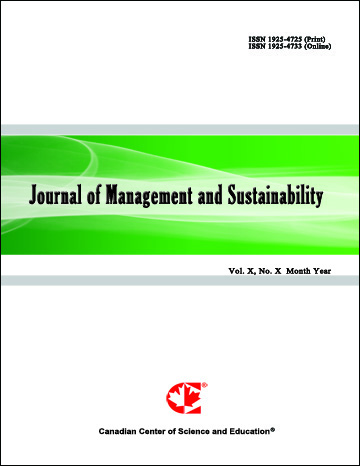Nutritional Composition of Malted Barley Residue from Brewery
- Jaqueline Andrea Custódio Trevizan
- Graciene de Souza Bido
- Ariana Ferrari
- Daniele Fernanda Felipe
Abstract
The reuse of residue is an alternative that benefits the industries, adding value to the residue and still reducing the costs necessary with the treatment before its disposal, but it can also enrich human food. The malted barley residue (malt bagasse) is the main residue obtained in the manufacture of beer. However, it is often discarded in the environment incorrectly or used as feed. Its nutritional potential, its ease of obtaining and its low cost, are incentives for this ingredient to be used in food. The present study is aimed at carrying out the physical-chemical characterization of the malted barley residue, in order to assess its nutritional potential. Physical-chemical analysis showed that the bran from malted barley residue presented high content of fibre, proteins and minerals, mainly phosphorus, in addition to a significant amount of potassium, iron and calcium and low sodium content. Thus, the malted barley residue showed nutritional potential to be used as ingredient in food formulation, being a sustainable way of the food industry to take advantage of this residue. The malted barley residue can be an important ingredient in the production of breads, cakes and cookies, among other preparations. These would be low-cost foods, representing savings both for the beer sector, which needs to dispose off the residue, and for the food industry, in addition to contributing to the preservation of the environment. Thus, the present study shows that the reuse of malted barley residue is a sustainable practice with environmental, economic and nutritional importance.
- Full Text:
 PDF
PDF
- DOI:10.5539/jms.v11n1p27
Journal Metrics
Google-based Impact Factor (2021): 1.54
h-index (July 2022): 37
i10-index (July 2022): 147
h5-index (2017-2021): 12
h5-median (2017-2021): 19
Index
- Academic Journals Database
- ANVUR (Italian National Agency for the Evaluation of Universities and Research Institutes)
- CAB Abstracts
- CNKI Scholar
- EconBiz
- Excellence in Research for Australia (ERA)
- GETIT@YALE (Yale University Library)
- Harvard Library
- HeinOnline
- Infotrieve
- JournalTOCs
- LOCKSS
- MIAR
- PKP Open Archives Harvester
- RePEc
- Scilit
- SHERPA/RoMEO
- Stanford Libraries
- UCR Library
Contact
- Evelyn XiaoEditorial Assistant
- jms@ccsenet.org
